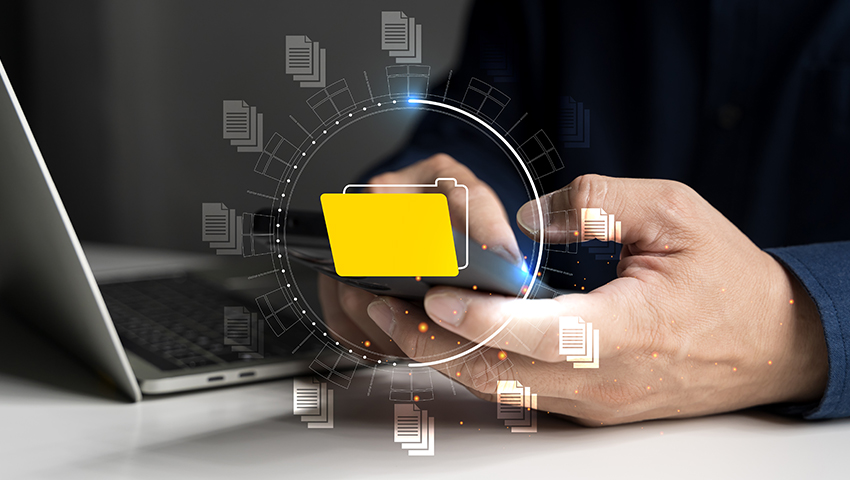Data Transfers
Data transfers involve moving files and information from one device to another, whether between laptops, smartphones, tablets, or external storage. This service is essential for backing up important files, upgrading devices, or sharing data among users.
Methods of Data Transfer
There are several methods available for transferring data:
Benefits of Data Transfer Services
Data transfer services offer a variety of advantages that can enhance the user experience and ensure data safety:
Data transfer services streamline the process of moving files between devices, enabling users to quickly back up important documents, photos, and settings without unnecessary delays.
Professional data transfer services employ secure methods and encryption protocols to protect sensitive information during transit, significantly reducing the risk of data breaches.
Using professional services means users don’t need to worry about the technical details of the transfer process. Technicians handle everything, making it easy and stress-free.
With expert assistance, users can ensure that their data remains intact and uncorrupted during the transfer process. This minimizes the risk of data loss.
Data transfer services can handle various file formats and ensure compatibility between different operating systems, allowing for seamless data movement regardless of device type.
Experienced technicians can address any potential issues that may arise during the transfer process, providing users with peace of mind and reliable support.
Requirements for Data Transfer Services
To ensure a smooth and successful data transfer process, certain requirements must be met:
Both the source and target devices must be compatible with the chosen data transfer method. This includes checking for supported file formats and ensuring the devices are functional.
Some data transfer methods may require specific software or applications to be installed on the devices involved. Users should verify that these are available and up to date.
Users should ensure that the necessary cables (e.g., USB cables) or network connections (e.g., Wi-Fi) are available and functioning properly for the data transfer process.
The target device must have enough available storage space to accommodate the incoming data. Users should check and free up space as necessary before the transfer.
It's advisable to back up critical data before initiating a transfer, as unexpected issues can sometimes lead to data loss during the process.
While professional services simplify the process, having a basic understanding of how data transfer works can be beneficial for users who may need to troubleshoot issues.






